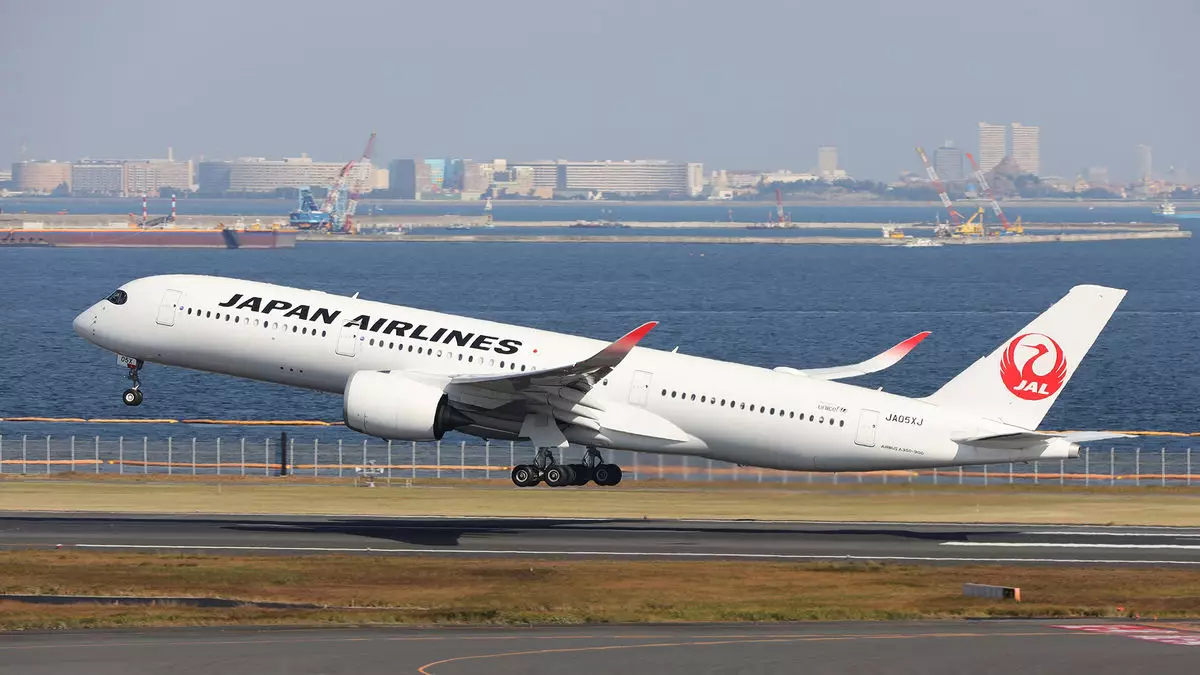On a seemingly ordinary Thursday morning, Japan Airlines (JAL) faced a significant disruption caused by a cyberattack that affected over 20 domestic flights. Although the airline managed to regain control of its systems and restore operations within hours, the incident raises essential questions about the overall security infrastructure within Japan’s aviation sector. According to JAL, the cyber onslaught involved a Distributed Denial of Service (DDoS) attack, which inundated the company’s network with excessive data traffic, resulting in temporary delays but no immediate threat to flight safety.
Operational Impact
The ramifications of this cyberattack were felt most acutely by travelers. With 24 domestic flights delayed for over 30 minutes, the disruption came at a particularly inopportune time, coinciding with the busy year-end holiday season. The timing of this attack could not have been worse, as millions of people were preparing to return to their hometowns for the New Year festivities. JAL responded by suspending ticket sales temporarily but resumed operations after a few hours.
The company’s quick recovery is commendable; however, the incident sheds light on the vulnerabilities inherent within Japan’s cyber defenses. Chief Cabinet Secretary Yoshimasa Hayashi emphasized the urgency of restoring services and accommodating affected passengers, highlighting the crucial role the government plays in supporting national cybersecurity efforts.
While JAL was grappling with operational disruptions, other major Japanese carriers, including ANA Holdings, Skymark, and Starflyer, reported no such problems. This stark contrast raises questions about JAL’s cybersecurity protocols compared to its competitors. The fact that these other airlines maintained regular operations implies a potential weakness in JAL’s defenses or incident management strategies.
This incident is far from an isolated occurrence; it is a symptom of a more pervasive issue concerning Japan’s cybersecurity infrastructure. Experts have long warned about potential vulnerabilities, particularly as Japan increases its defense capabilities and collaborates with the United States to enhance cyber resilience. The industry must address these concerns comprehensively, as evidenced by earlier incidents, including cyberattacks on Japan’s space agency and a previous attack that disrupted operations at the Nagoya port.
Fortunately, JAL confirmed that customer data was not compromised during the cyberattack. However, the resilience of security systems needs to be continuously evaluated and enhanced to safeguard vital infrastructure and sensitive information from future threats.
The implications of this recent cyberattack extend beyond immediate operational disruptions. JAL and the broader Japanese airline industry must invest in advancing their cybersecurity measures. This may involve enhanced training for staff, better communication protocols, and stronger partnerships with cybersecurity firms to bolster their defenses.
As Japan faces increasing cyber threats, the call for a more robust cybersecurity framework is loud and clear. Without effective measures in place, the risk of future incidents that could severely impact both the travel industry and customer trust remains high. Moving forward, it is crucial for both government and private sectors to prioritize cybersecurity to protect not only the nation’s airlines but also its critical infrastructure, ensuring a more secure future.


Leave a Reply